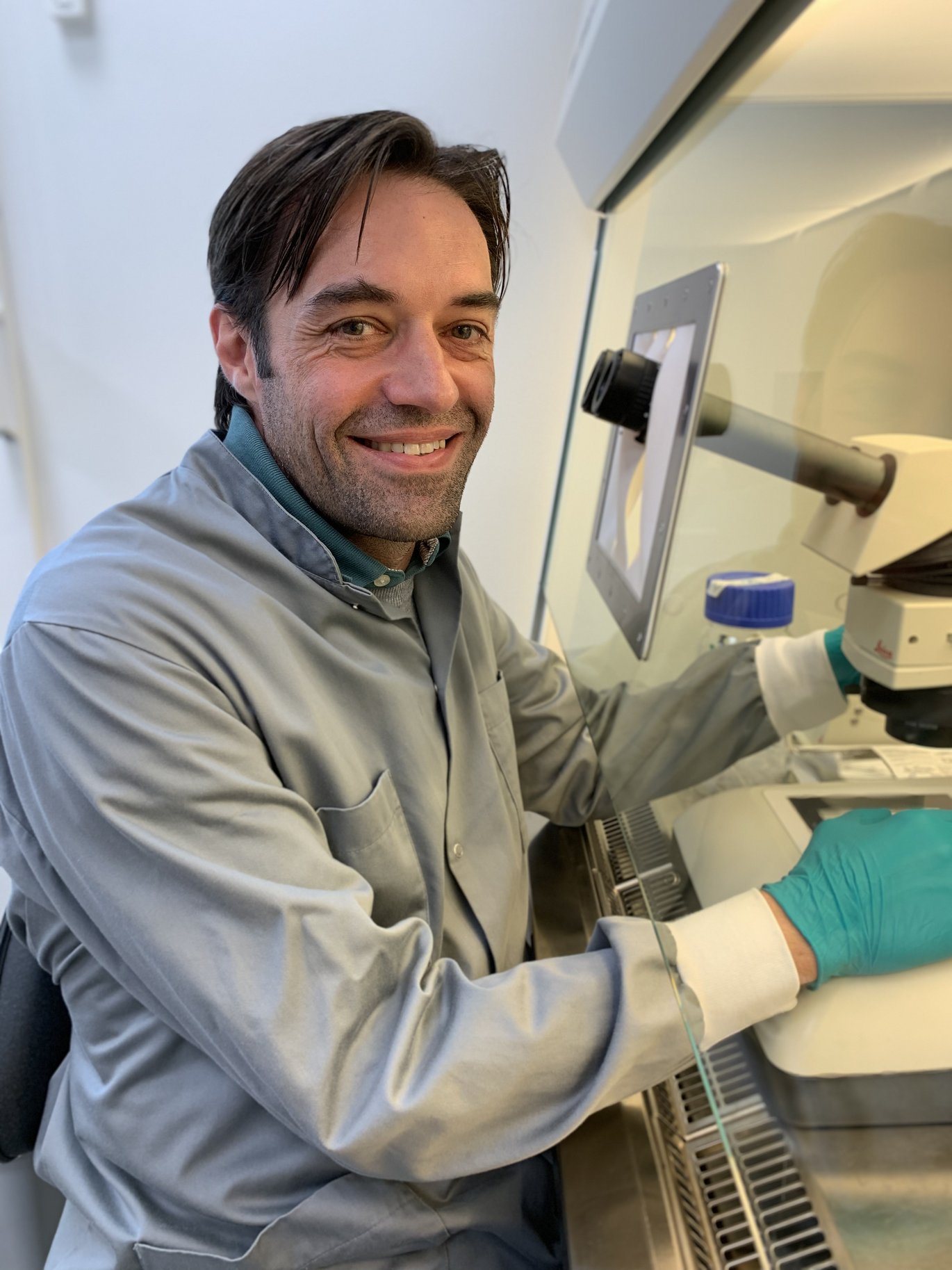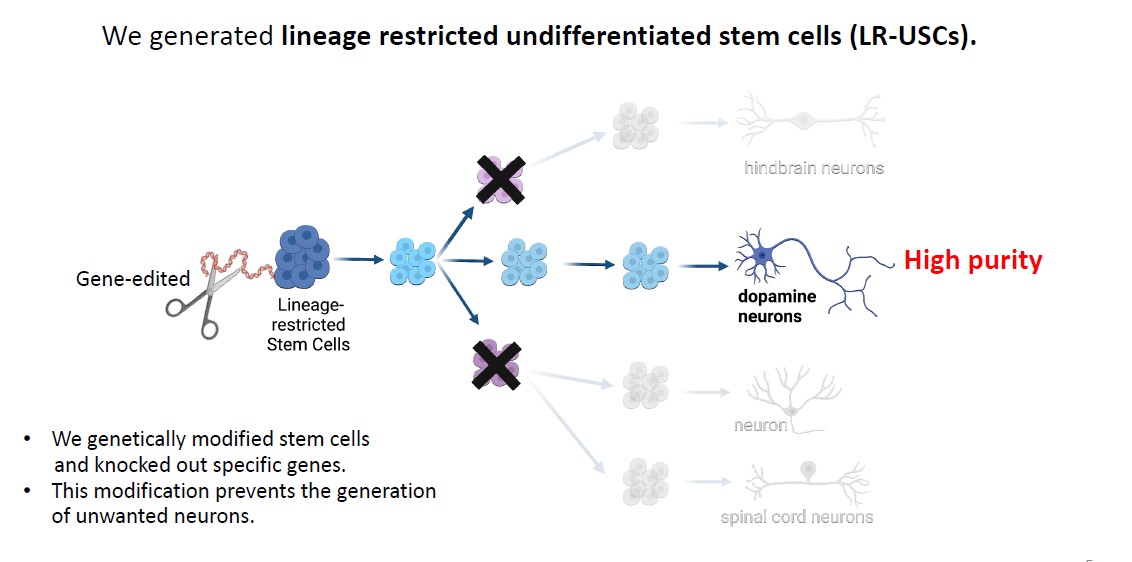DANDRITE Group Leader applies for patent for ground-breaking stem cell research in Parkinson's treatment
A patent for an entirely new research method is paving the way for a revolutionary treatment approach for Parkinson's patients, that can restore movement without the need for ongoing medication and is long-lasting.


Over the past two decades, brain researcher Mark Denham has devoted himself to stem cell research and its potential in treating various chronic diseases, with a particular focus on Parkinson's disease.
Parkinson's disease is a progressive disorder that gradually worsens, characterized by symptoms such as tremors, muscle stiffness, slow movements and, in some cases cognitive problems like memory loss and difficulty concentrating. The cause of these symptoms is the slow degeneration of brain cells containing dopamine, an essential neurotransmitter in the brain that facilitates electrical impulses in the nervous system. The causes of this degeneration are still unknown.
Until now, the treatment of Parkinson's disease has primarily focused on symptom relief, with no possibility of stopping the progression of the disease.
This is what Mark Denham aims to change. He is a Group Leader and Associate Professor at the Danish Research Institute of Translational Neuroscience, also known as DANDRITE at Aarhus University. He recently obtained a patent for a research method that he has refined over the past decade. This method enables the development of dopamine neurons using stem cells, and early results suggest that it outperforms some of the world's leading methods in the field:
"What distinguishes my research from others is that I have developed a method where I can manipulate stem cells with an extremely high degree of precision to develop into only one type of cell. This results in an exceptional quality of the desired cell. Until now, it has only been possible to develop cells that contain approximately 10% of the desired cells, while with my method I achieve a significantly higher purity" explains Mark Denham, adding:
"The fact that I have now obtained a patent for this method is an important step for this ground-breaking discovery that challenges the existing methods on all parameters."
Stem cell research has undergone significant development since the 1960s. Today, it is possible to reprogram adult cells back to stem cell stages. The challenge lies in "switching off" the unwanted cells so that the dopamine cells are prioritized and achieve high purity.
Experiments on rats have shown that both the quantity and purity of cultured stem cells are critical for the number and duration of treatments. In one of Mark's experiments, there was a 12-fold larger population of dopamine cells, reducing the recovery time by 10 weeks and diminishing the need for relapse and medication use.
"The clinical trials with stem cell treatment that are currently carried out use an older method to generate dopamine neurons. My goal is to help patients stay off their medication, which requires high purity. So, my next step is to transfer my method to clinical trials,” says Mark.
With patent protection in hand, Mark Denham has acquired the first building blocks to establish a spin-out company that can bring the research from the university closer to the patients. However, this requires a significant financial investment, as clinical trials are resource-intensive.
"The competition in this area is intense, but I am convinced that my method has the potential to revolutionize treatment. Right now, it's all about attracting investors who share our ambition," concludes Mark Denham.
Patent protection grants the patentee the exclusivity to prevent others from making, using, or selling the invention without permission for a period of 20 years.
Facts about stem cells in research
Stem cells are immature cells with the ability to develop into different types of cells in the body, depending on the type. Stem cell therapy is not new and has undergone significant changes since the 1960s. In the 1980s, the use of fetal stem cells, i.e., stem cells from aborted fetuses, began, leading to significant ethical debate.
Furthermore, there is embryonic stem cells that arise from very early stage fertilized eggs. Procedures like IVF treatment can generate surplus fertilized eggs that are eventually discarded or can be donated to science and embryonic stem cells made from them. Ethically, they are not as controversial to use in research as fetal cells.
In 2006, researchers achieved a groundbreaking discovery by reprogramming adult skin cells into induced pluripotent stem cells (iPSCs), i.e., stem cells with the potential to develop into all types of cells in the body. The Japanese researcher Shinya Yamanaka was one of the leading forces behind this discovery, and it is considered a significant milestone in stem cell research.
It is iPSCs that have opened the door to research and potential therapeutic applications in regenerative medicine and the treatment of various diseases.
